#universe
Text

Full Pink Moon 2024 l Andrew McCarthy
#moon#full moon#astrophotography#astronomy#space#pink moon#night#stars#sky#solar system#nasa#universe#galaxy#planets
1K notes
·
View notes
Text
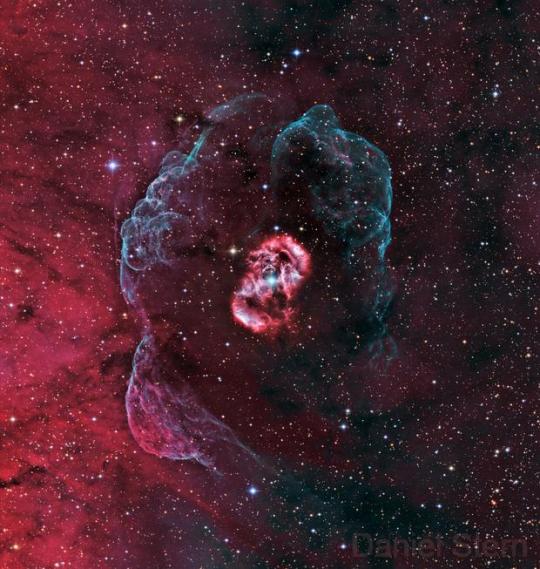
NGC 6164, Dragon's Egg
493 notes
·
View notes
Text
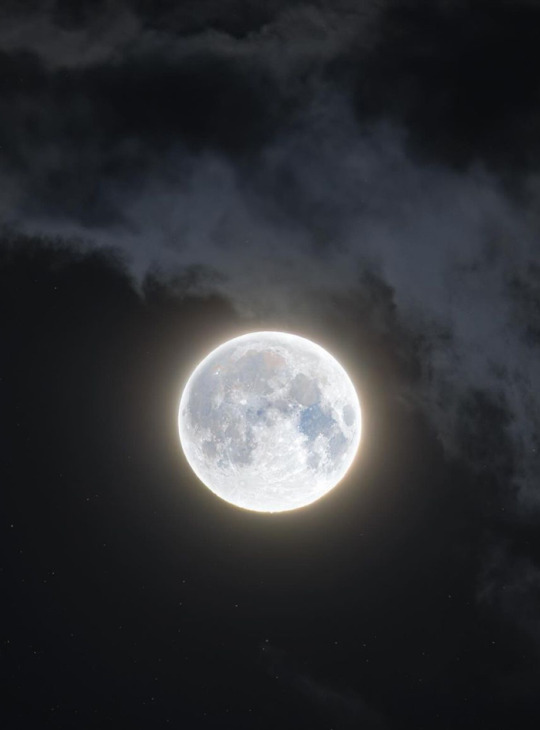
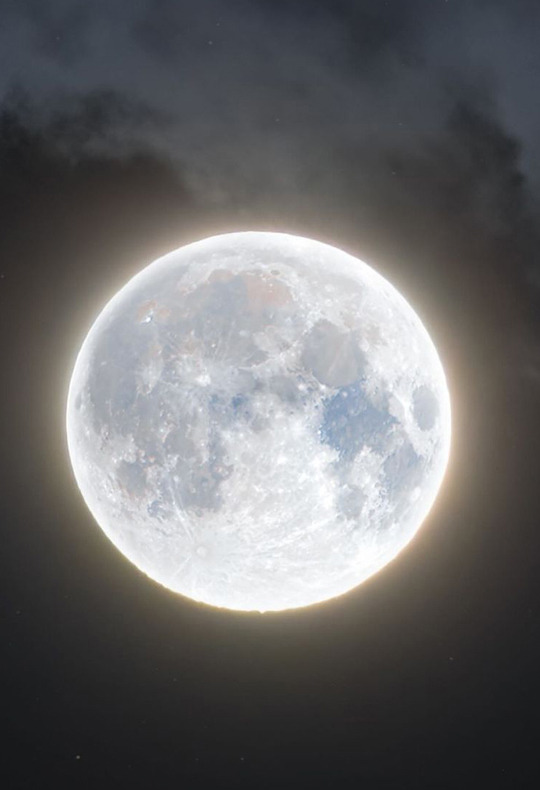
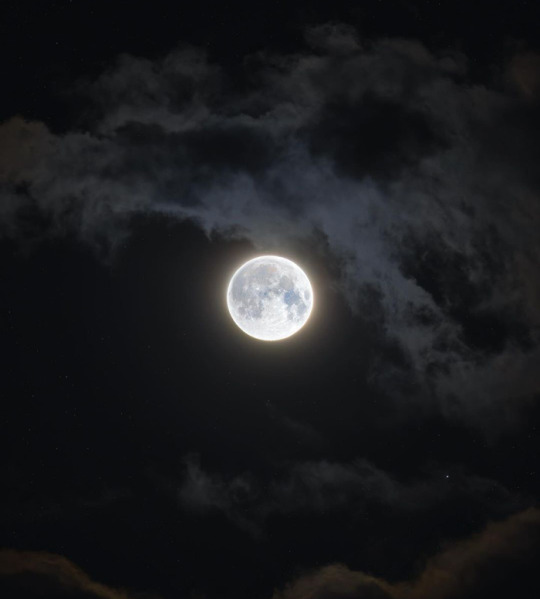
April Full Moon © astronycc
#full moon#astrophotography#nasa#space#stars#pink moon#night sky#solar system#moon#universe#astronomy#cosmos#galaxy#planet
440 notes
·
View notes
Text
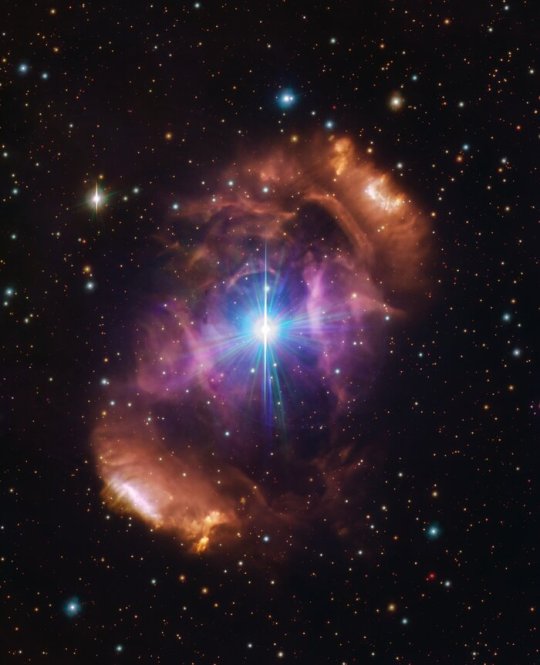
This image, taken with the VLT Survey Telescope hosted at ESO’s Paranal Observatory, shows the beautiful nebula NGC 6164/6165, also known as the Dragon’s Egg. The nebula is a cloud of gas and dust surrounding a pair of stars called HD 148937.
In a new study using ESO data, astronomers have shown that the two stars are unusually different from each other — one appears much younger and, unlike the other, is magnetic. Moreover, the nebula is significantly younger than either star at its heart, and is made up of gases normally found deep within a star and not on the outside. These clues together helped solve the mystery of the HD 148937 system — there were most likely three stars in the system until two of them clashed and merged, creating a new, larger and magnetic star. This violent event also created the spectacular nebula that now surrounds the remaining stars. Credit:
Credit: ESO
282 notes
·
View notes
Text
216 notes
·
View notes
Text

Clearest photo of Pluto ever taken
#pluto#planet pluto#solar system#astronomy#astronomers#nasa#universe#astrophotography#nasa photos#astrophysics#outer space#nasawebb#hubble space telescope#i love astronomy#astronomy facts#astrography#astro community#astro notes#astro observations#astroblr#space exploration#space#science#science facts#planetary science#cosmos#the universe#galaxy#galaxies#planetary nebula
136 notes
·
View notes
Text
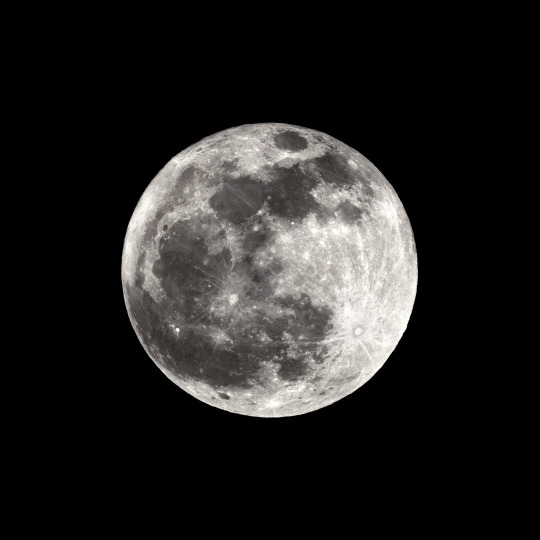
April 2024 Pink Moon
ig - afternoondreams
#nature#photography#nature photography#kelli soukup#art#space#moon#night sky#full moon#april full moon#april 2024 full moon#april pink moon#pink moon#universe#sky#magical#enchanting#romantic#dreamy#planets#moons#dreamy aesthetic#photographers#kansas#april#peaceful#zen#zodiac#astrology#astronomy
125 notes
·
View notes
Text
#f.r.i.e.n.d.s#ootd#neil josten#bd/sm daddy#virgil sanders#keith kogane#universe#blur#ateez x reader#lesbians#Greek Mythology#grace van dien#jared padalecki#jennette mccurdy
120 notes
·
View notes
Text
The universe and the magic of matching...✨️

Art by Muhammed Salah...
61 notes
·
View notes
Text
HOW FAST DOES LIGHT TRAVEL??
Blog#395
Wednesday, April 24th, 2024.
Welcome back,
The speed of light traveling through a vacuum is exactly 299,792,458 meters (983,571,056 feet) per second. That's about 186,282 miles per second — a universal constant known in equations as "c," or light speed.
According to physicist Albert Einstein's theory of special relativity, on which much of modern physics is based, nothing in the universe can travel faster than light.

The theory states that as matter approaches the speed of light, the matter's mass becomes infinite. That means the speed of light functions as a speed limit on the whole universe. The speed of light is so immutable that, according to the U.S. National Institute of Standards and Technology, it is used to define international standard measurements like the meter (and by extension, the mile, the foot and the inch).

Through some crafty equations, it also helps define the kilogram and the temperature unit Kelvin.
But despite the speed of light's reputation as a universal constant, scientists and science fiction writers alike spend time contemplating faster-than-light travel. So far no one's been able to demonstrate a real warp drive, but that hasn't slowed our collective hurtle toward new stories, new inventions and new realms of physics.
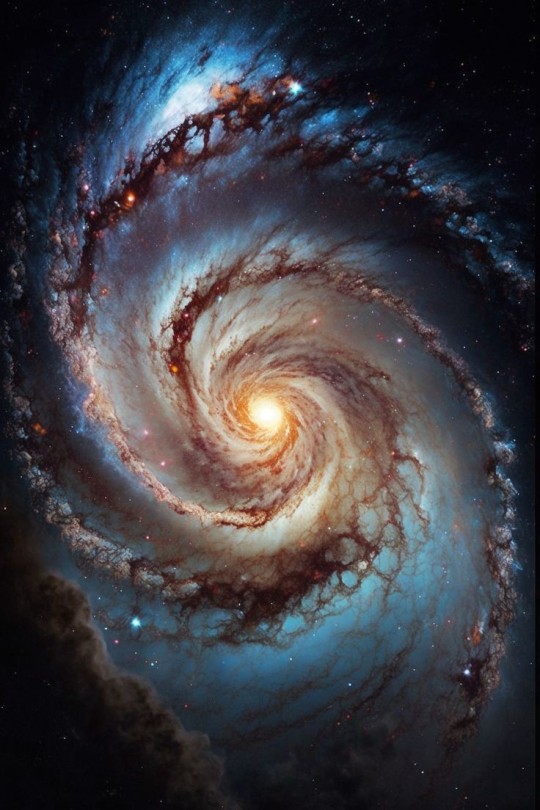
A light-year is the distance that light can travel in one year — about 6 trillion miles (10 trillion kilometers). It's one way that astronomers and physicists measure immense distances across our universe.
Light travels from the moon to our eyes in about 1 second, which means the moon is about 1 light-second away. Sunlight takes about 8 minutes to reach our eyes, so the sun is about 8 light minutes away. Light from Alpha Centauri, which is the nearest star system to our own, requires roughly 4.3 years to get here, so Alpha Centauri is 4.3 light-years away.

"To obtain an idea of the size of a light-year, take the circumference of the Earth (24,900 miles), lay it out in a straight line, multiply the length of the line by 7.5 (the corresponding distance is one light-second), then place 31.6 million similar lines end to end," NASA's Glenn Research Center says on its website. "The resulting distance is almost 6 trillion (6,000,000,000,000) miles!"

Stars and other objects beyond our solar system lie anywhere from a few light-years to a few billion light-years away. And everything astronomers "see" in the distant universe is literally history. When astronomers study objects that are far away, they are seeing light that shows the objects as they existed at the time that light left them.
Originally published on https://www.space.com
COMING UP!!
(Saturday, April 27th, 2024)
"HOW WAS OUR SOLAR SYSTEM CREATED??"
#astronomy#outer space#alternate universe#astrophysics#universe#spacecraft#white universe#space#parallel universe#astrophotography
58 notes
·
View notes
Text
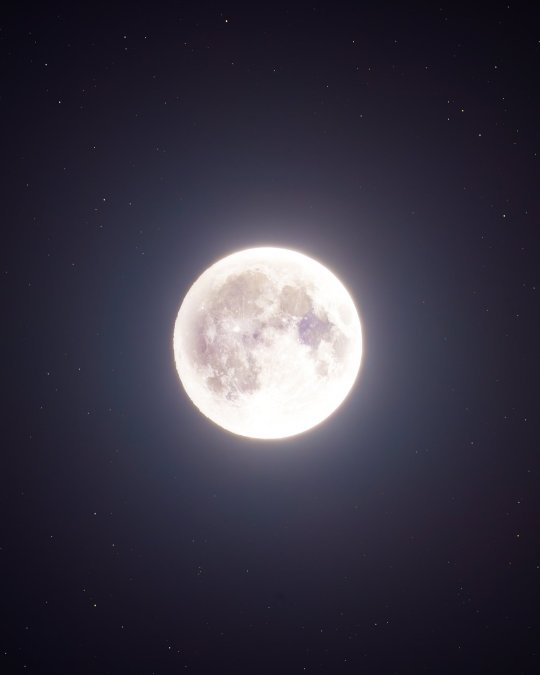



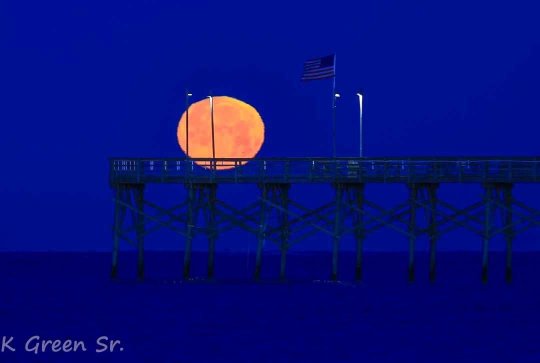


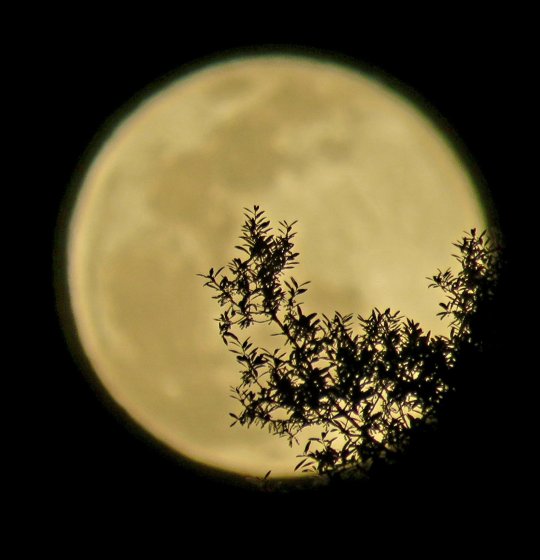
April's Full Pink Moon
l Rami Ammoun l Brad Perry l KristinLRaught l Dan Martland l EdPiotrowski l StonehengeUK l UofGlasgow l coko9718
#moon#full moon#space#astrophotography#astronomy#nasa#universe#pink moon#solar system#planets#galaxy#earth#stars#night#sky#april
213 notes
·
View notes
Text
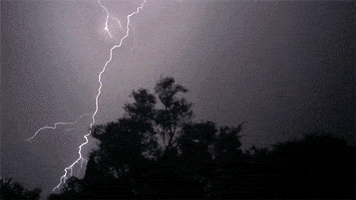
Dance of Light
463 notes
·
View notes
Text
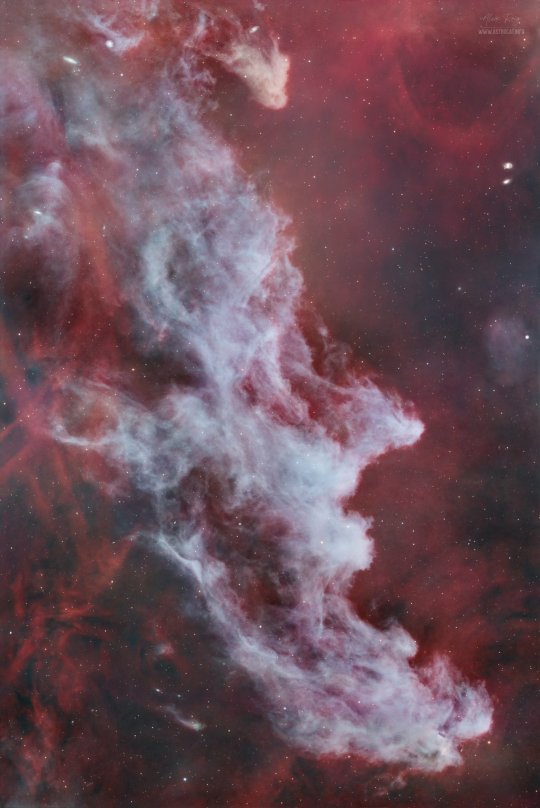
Profile of Cosmic Witch ©
#space#witch head nebula#astrophotography#universe#stars#night sky#solar system#galaxy#nebula#astronomy#nasa#planet#cosmos
443 notes
·
View notes
Text
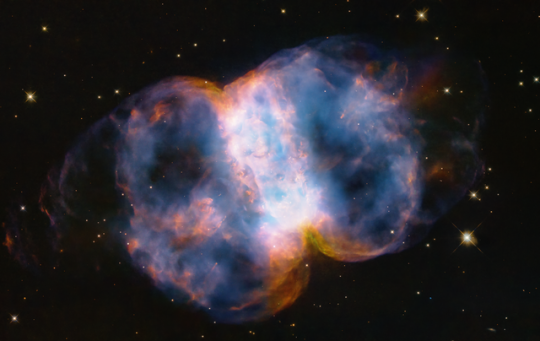
In celebration of the 34th anniversary of the launch of NASA’s legendary Hubble Space Telescope, astronomers took a snapshot of the Little Dumbbell Nebula, also known as Messier 76, or M76, located 3,400 light-years away in the northern circumpolar constellation Perseus.
Credit: NASA, ESA, STScI
140 notes
·
View notes
Text
84 notes
·
View notes
Text
A few more clear 8K quality photos. Mercury's surface temperatures are both extremely hot and cold. Because the planet is so close to the Sun, day temperatures can reach highs of 800°F (430°C).

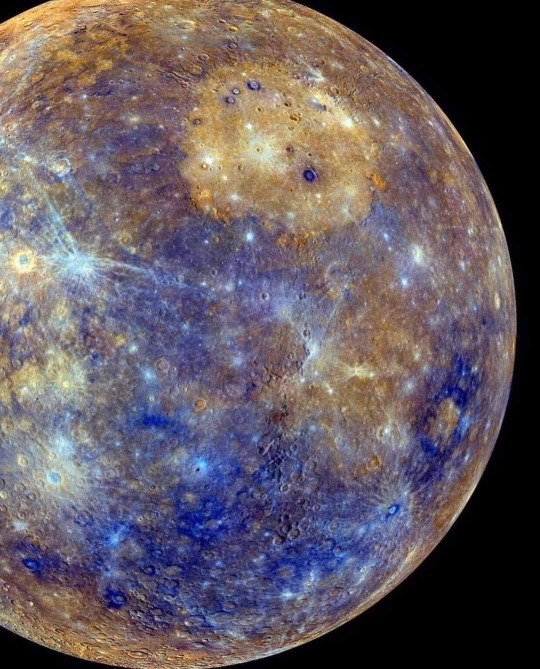

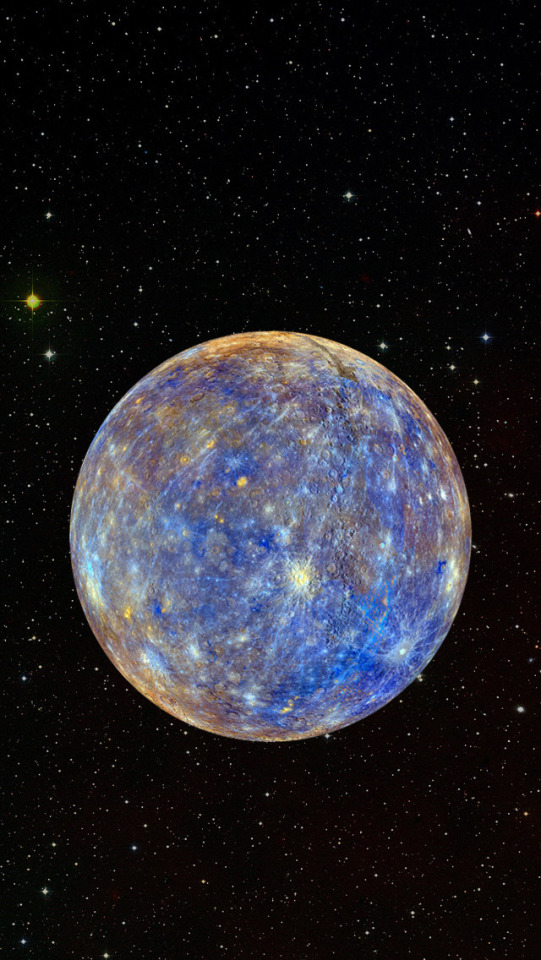


#planet mercury#mercury planet#sunshine#deep sky#sky#i love astronomy#astronomy facts#astrography#astronomy#nasa#astronomers#universe#astrophotography#nasa photos#astrophysics#outer space#nasawebb#hubble space telescope#solar system#international space station#space science#space exploration#space#space photography#astronaut#planetary science#science facts#science#planetary nebula#cosmos
96 notes
·
View notes